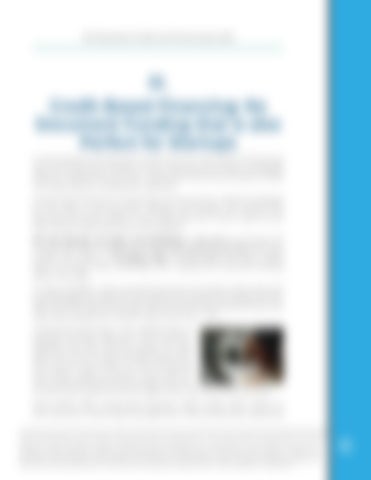The Business Credit and Financing Guide
IX. Credit-Based Financing: No Document Funding that is also Perfect for Startups In the business lending arena, there are two main types of financing. Secured financing includes money requiring some type of pledged asset as collateral for the loan. Unsecured financing includes money not requiring any collateral for approval. Unsecured financing is financing not secured by collateral pledged for the debt. If the borrower defaults, the lender can pursue the borrower and their assets in court. But they don’t have a right to just take certain assets just due to the default. Per the Bureau of Labor and Statistics, 1 out of 5 businesses fail in their first year of operation and in five years almost 50% will have closed their doors. In 15 years, 75% of businesses will have closed down for good. Most businesses fail, making the business lending space very risky. In case of default, with secured financing, the lender takes back the asset pledged as collateral. This helps them quickly recoup part of their loss. Since the risk isn’t as high with secured financing, borrowers can often get exceptional interest rates as low as 2 – 5%. Unsecured financing is the riskiest type of business lending. Because if the borrower defaults, the only way the lender can get back their loss is to pursue legal action. And that can be very costly. It’s not something any lender wants to pursue. This is part of why unsecured financing is so high risk. And it’s why some rates are much higher than with secured financing. Most banks offer unsecured business credit cards. Most report to the consumer credit reporting agencies. They all demand a personal
©️2022 The Distributor of this e-Book, all rights reserved . No reproduction or use of any portion of the content or work or the entire work is permitted without the express written permission and authorization of the publisher . However , the publisher of these materials routinely grants authorization for reproduction or use of this work , in whole or in part. If you would like to use any portion of this material in a book, article, e-zine, newsletter, radio, or television broadcast, podcast or in any other seminar teleconference or other events or publications please email or call the distributor of this guide.
39
